Imagine a world of second chances, a world where youth is no longer gifted to the young, but re-gifted to the wise. Imagine a life where you don’t reach your peak at 30 or 25…. Imagine a world where you can stay strong and healthy with sharp mental acuity up until your late nineties, even hundreds, and only start to decline in your last two to five years of life.
This is what science is telling us is possible. If you could re-live your twenties with what you know now, what would you have done differently? What decisions would you have made? Who would you have spent more or less time with? What kind of abundance would you have created?
This is the opportunity we’re getting to relive our lives with now thanks to new research and studies. Biogerontology is the sub-field of gerontology concerned with the biological aging process, its evolutionary origins, and the potential means we have to intervene in the process. In this field of study, we look at several areas in the aging network and how we can clean up the accumulative damage in each region of the body, before it creates the aging process. Scientists are look at our genes and how to stabilize the genome.
We’re also looking at telomeres. Telomeres are made of repetitive sequences of non-coding DNA that protect the chromosome from damage. They also play an important role in making sure our DNA gets copied properly when cells divide. Their job is to stop the ends of chromosomes from fraying or sticking to each other, much like the plastic tips on the ends of shoelaces. What we are trying to do is to keep them long. Every time your cells become another cell, they stay as young as they were before.
Considerable research has also been done into Epigenetics. Epigenetics is the study of how your behaviors and environment can cause changes that affect the way your genes work. For the long-term, the other thing, we look at is mitochondria.
Mitochondria are the powerhouses in the human body. They create 97% of your energy and they take up about 40% of the volume of every single cell. The interesting thing is that mitochondria are bacteria. They’re not part of our human genome. Mitochondria are membrane-bound cell organelles that generate most of the chemical energy needed to power the cell’s biochemical reactions. They have the own genes, but we only get mitochondria from our mothers.
When the egg gets fertilizez, the sperm tail falls off. From your mom’s side, you can go back tens of thousands of years to look at your ancestry more than from dad’s side. The interesting thing is we used to think that as they got sick and died off, we got sick and died off. Now we’ve discovered ways to trick your body into making more.
The other area where new discoveries have been found is cells. When a cell dies, for instance, it doesn’t get absorbed by the body. Think of a moody neighbour who is in a terrible mood. His mood doesn’t only affect him. It affects his family and his neighbours. There’s a ripple effect of everyone being in a bad mood. In the same way, sick cell spreads inflammation throughout the body. There are so many other topics like the way your cells speak to each other and the way we produce proteins.
When we understand that genes plus environment equals phenotype, then external factors like smoking and stress and diet and lifestyle can all impact our health. You could have genes for diabetes, for instance but if you avoid excessive sugars, there’s no reason you should get that. We’ve all seen photographs of identical twins where one went to prison and the other didn’t or the one had an excessive lifestyle and how different their aging process is.
Our environment has evolved way faster than our genes could keep up with. We need to protect it. One of the biggest things that has come out in many research papers is chronic stress. It can be psychological stress, emotional environmental, physiological cellular stress, but stress seems to speed up the amounts of micro RNA that are produced.
These factors all affect the way we age, and how long we life. For now, we find the targets that those micro RNA are speaking to, and we can create all kinds of products, nutraceuticals, skincare, dots, and lifestyle changes that can really change the course of ageing. With a different perspective, maybe we’ll come up with a solution.


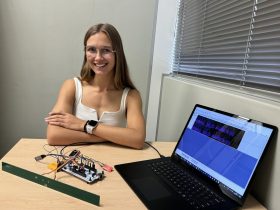






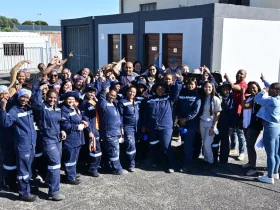


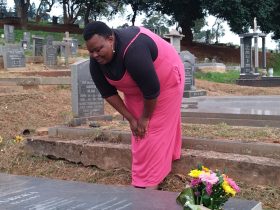


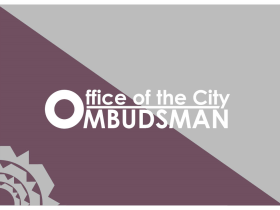
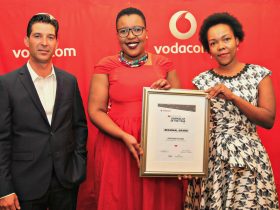

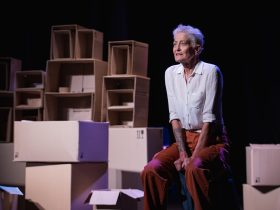





Leave a Reply